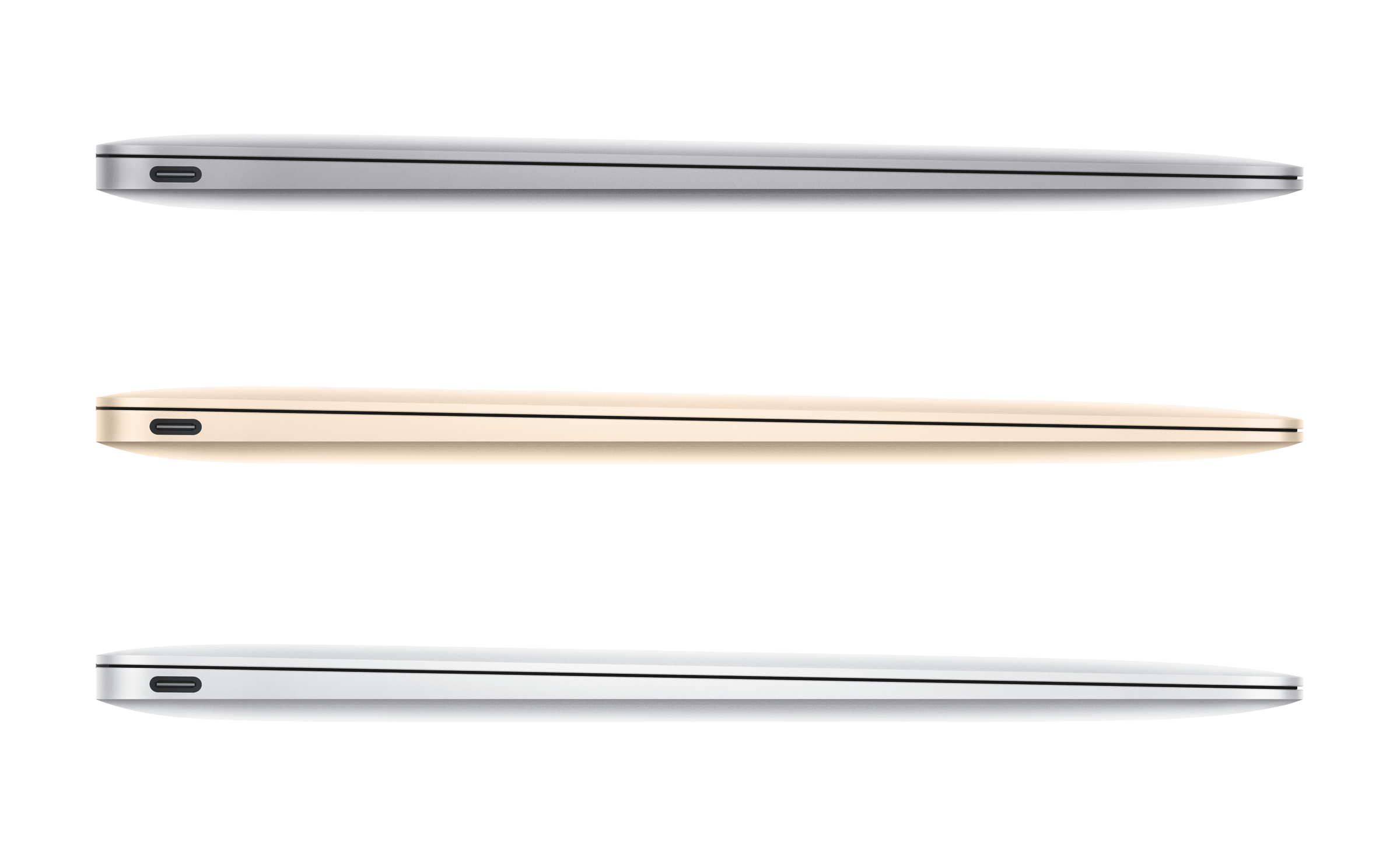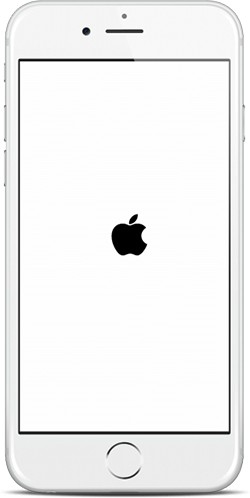Before he arrived in Omaha as a doctoral student in computer science, Jason Jie Xiong says, "I didn't even know there was a state called Nebraska."
Jie Xiong, 29, who hails from a small city outside Shanghai, had landed a full scholarship at the University of Nebraska to teach and do research. He says he only knew "more famous states like California and New York."
He admits he found the program initially "by randomly checking information," but he's quick to add that he's happy there.
It's an irony of our digital flat world: Even though online college enrollment is growing, more students than ever are eager to board planes and cross oceans to study in physical classrooms in the United States.
Nearly a
million students from overseas are heading to U.S. colleges and universities each fall. That number is up 58 percent from a decade ago, driven by a massive increase in Chinese students.
International students are worth a lot to colleges because most of them aren't eligible for financial aid and pay full tuition. Along with this growth, though, have come growing pains.
Many colleges have raised concerns about overseas applicants. Their English skills may not be up to snuff or they may have falsifications or discrepancies on their applications. They worry that many students are heavily coached through the essay-writing process in particular, by companies that specialize in this service.
"These consulting companies can charge 5,000 U.S. dollars," says Jie Xiong, who didn't want to spend that kind of money. "I wanted to do it myself."
For their own part, international students have concerns, too: They may not fully understand how large the United States is, or how to compare public, private and for-profit institutions that have similar names.
It can be a drag to end up spending four years at the State University of New York in snowy Buffalo, if you were dreaming of the Big Apple, or Miami University in Ohio if you wanted a sunny beach.
Two new companies,
Kira Academic and
YouVisit, market novel applications of technology to colleges that want to find the best overseas students and vice versa.
Kira Academic is a video-based real time admissions platform that works like a virtual interviewing tool. It was founded three years ago, initially aimed at corporate recruiters.
Then about a year and a half ago the company "happened to land a couple of university clients," says co-founder Emilie Cushman. "They weren't using any kind of process to test for things like fit, even though they all said it was really important."
The company saw the potential market in higher education, and it now works with 140 universities around the world.
Kira works with colleges to come up with a specific battery of questions. These are designed to get at various underlying characteristics or "
competencies" that might make students successful at that college, such as willpower or the ability to collaborate.
"A lot of schools ask the same, very generic questions. And we saw that as a missed opportunity," Cushman says.
Kira's pitch is that it can help colleges find applicants who are the best fit on these soft skills. But, says Nikki Lemley of the Olin Business School at Washington University in St. Louis, the "primary reason" they use Kira is simpler: to make sure prospective students are fluent in English.
Olin gets about 2,500 applications each season for 190 seats in its business-related master's programs. An estimated 90 percent come from overseas, primarily China.
"With the written essay, our hope is that the student has written it themselves, but there's no guarantee," says Lemley, the school's associate director
of specialized master's programs. The video is much more effective, she adds, for judging English communication skills.
The technology is designed to foil rehearsed answers. An admissions officer or other administrator records each question as a video prompt. A random prompt is shown to the applicant, who gets 30 seconds or so to think about it. Then the camera on their laptop comes to life and it's time to talk.
Using Virtual Reality
If Kira Academic is letting colleges take an advance peek at students, Abi Mandelbaum at YouVisit has turned the camera the other way around — literally.
YouVisit produces video-based virtual reality "tours" of hotels, travel destinations and colleges, including Harvard and Yale. Shot in high-definition video, the VR tours give students the opportunity to explore a campus while feeling as if they're really there. You can turn your head and look in all directions and roam different parts of a campus almost at will.
The video experiences are a draw for any student, but especially valuable for students from overseas, says Mandelbaum, who co-founded the company with two classmates from Brandeis University, Endri Tolka and Taher Baderkhan.
"I'm from Colombia," Mandelbaum explains. "One of my other founders is from Jordan and the third is from Albania." The three met on the first day of college as part of an international student event and have been friends ever since.
"We wanted to come to the U.S., but selecting from the thousands of colleges, it's a daunting experience," he says. "We had friends who came and didn't end up with a right fit. They ended up transferring."
Colleges like the Savannah College of Art and Design have mailed out low-cost Google Cardboard headsets to accepted students. They also purchase more expensive headsets to show off their "tours" at fairs and recruiting visits.
The company has added gamelike mechanics to some of its tours. For example, you might approach a piece of equipment in a lab, and it becomes a "hot spot" that pops up to reveal more information.
While admitting that VR is in its infancy, Mandelbaum is among many who imagine different ways that the technology might be used for education.
For example, one of their VR tours — of the Peruvian ruins of Machu Picchu — has already been used in some classrooms to engage students. And one day, VR might enable students and professors to "join" each other in real time, even if they occupy different sides of the globe in reality.
But for students like Jie Xiong, there's no place like Omaha. "There's lots of good universities in the United States, even though they're not ranked," he says. "China can't compare."
/cdn0.vox-cdn.com/uploads/chorus_asset/file/6060155/Outlook-Giphy.0.gif)
/cdn0.vox-cdn.com/uploads/chorus_asset/file/6060157/outlookemoji.0.gif)





















